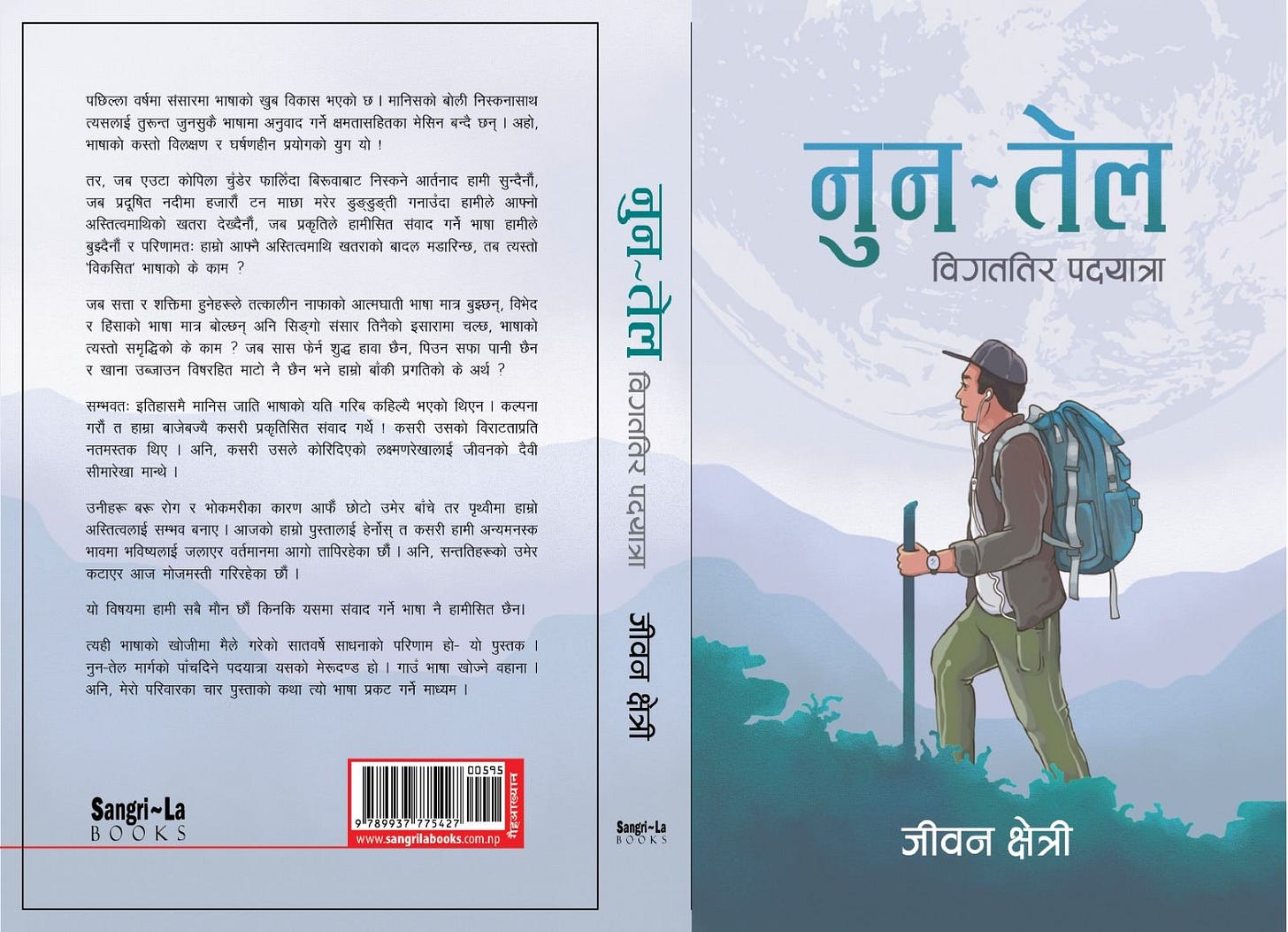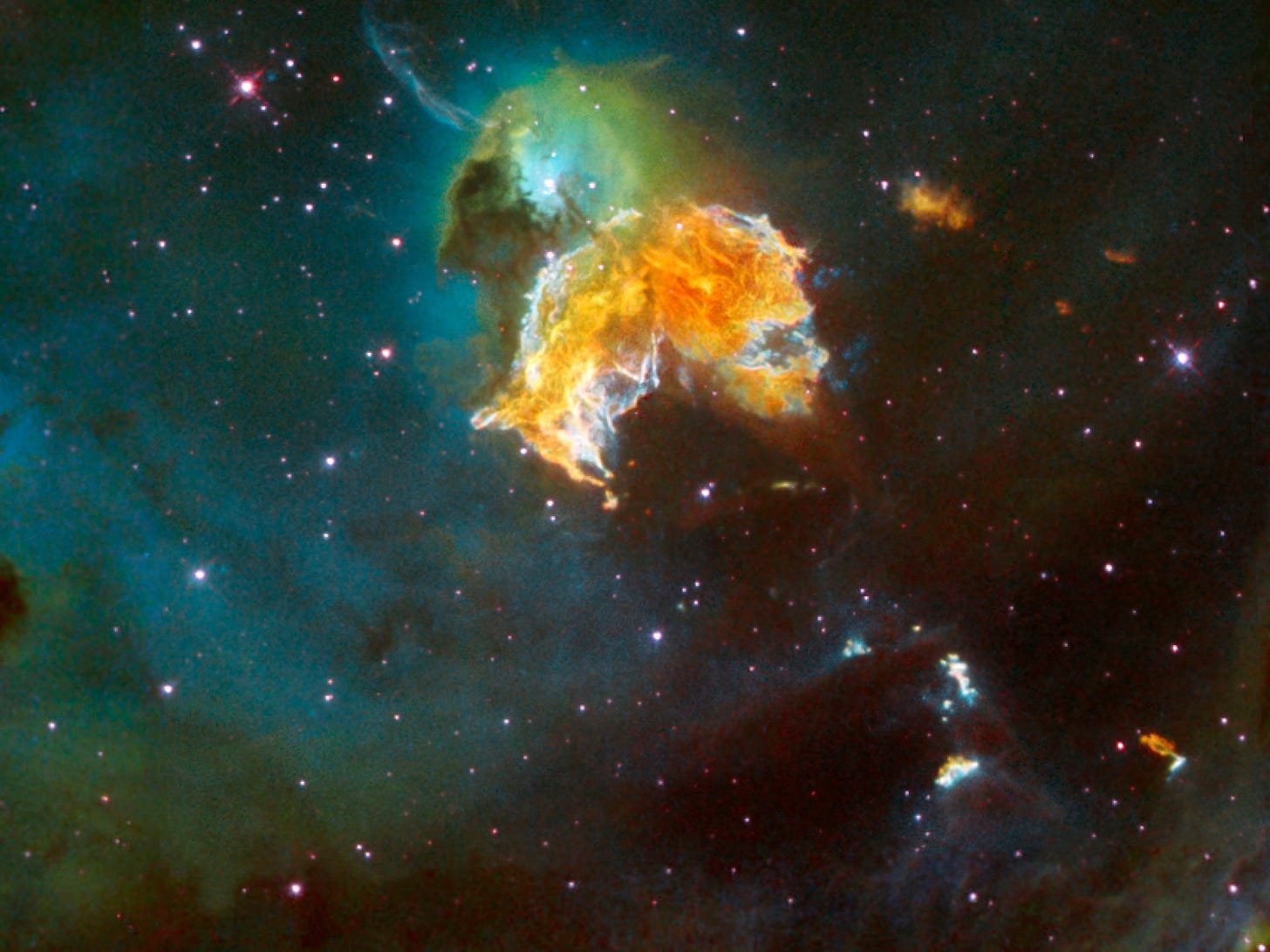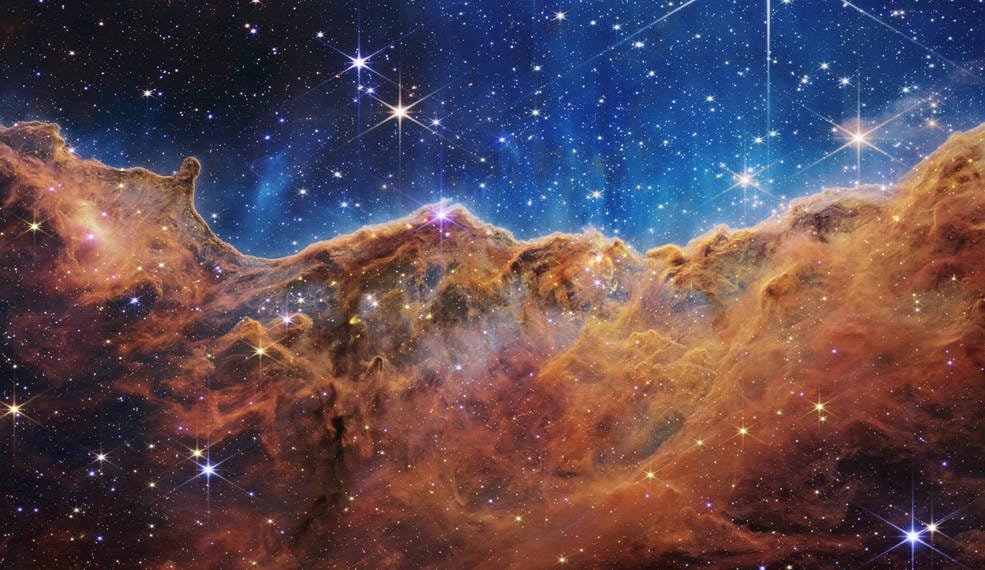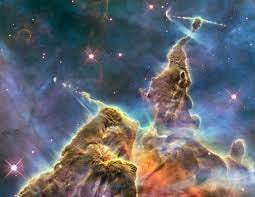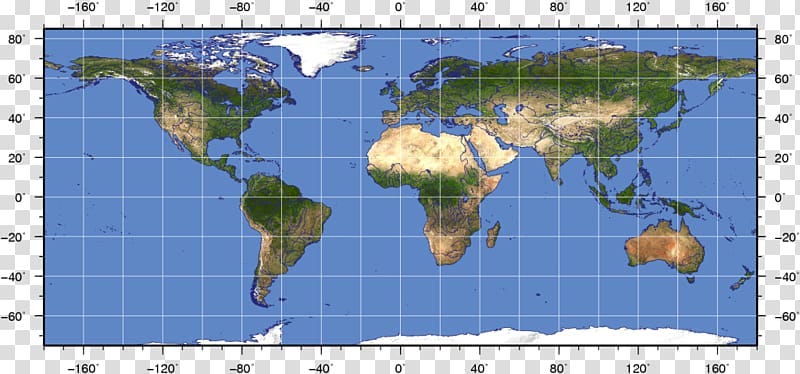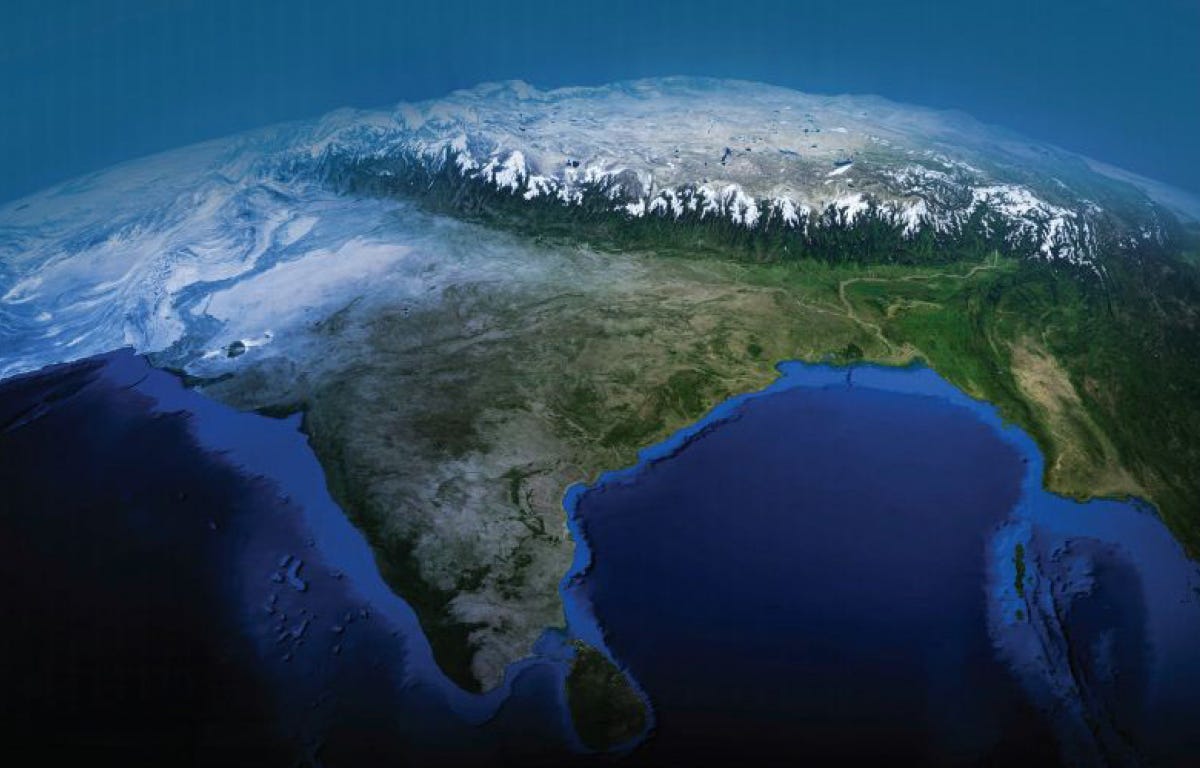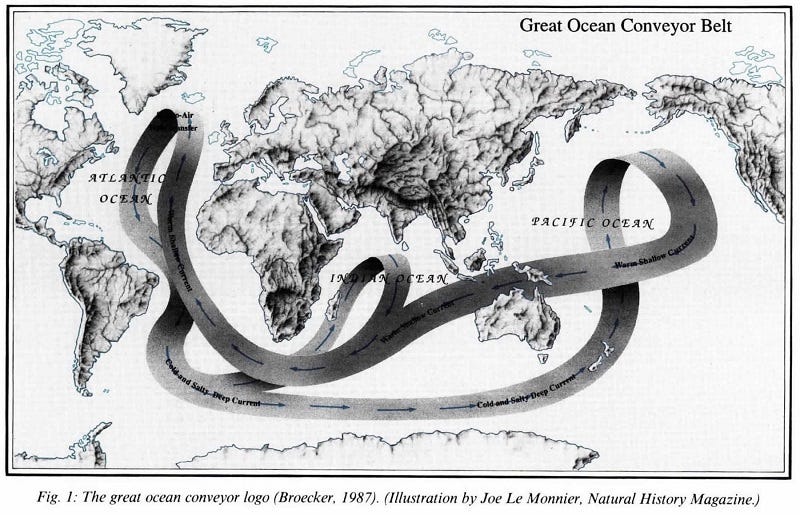From Creation to Decimation: Human history in 11 Images and a Book
Hereby starts the promotion of my first book.
Hello THG Readers. Here you’ll discover why I was absent from THG for many weeks.
Finally, my book has gone to press and the cover is out:
The book will be released on Saturday, Baisakh 16 (April 29), in Nepal Academy, Kathmandu at 3 pm. If you are nearby, I would love to sign a book for you there. Nepali speakers among you can access the first chapter of the book here right away. To lure more of you to the book, I may drop one more chapter in a future THG post before April 29.
For Non-Nepali speakers, here is a translated chapter of the book that I carried earlier at THG:
In this post, though, with inspiration from popular American Astrophysicist Neil deGrasse Tyson, I’ll give a glimpse of the kind of hard science I have tried to render readable for general audience in the book. While these images are obviously absent from my book, I’ve used them to illustrate my points in the Setopati version of the first chapter that I’ve linked above.
The creation of Sun and solar system:
Please go through these four images from James Webb and Hubble Space Telescopes:
Did you get any clue to star birth? The first two images show the near-magical event named supernova in which stars of certain size explode releasing the gas and dust in the space.
Why should this concern you? Well, you are the product of it. Scientists say that the energy released during this event makes it possible for other stars to form because besides condensation of matter into a mass, a process named fusion has to ignite for a new body to become a star and not a planet or an asteroid. By fusing two Hydrogen atoms to form a Helium atom, the process releases energy. That is precisely the sort of energy that we get all the time from sun and that has made life on earth possible.
The third and fourth images above show a glimpse of the areas where star formation is going on after the supernova.
Out of the billions of solid masses encircling the newly formed sun, most coalesced to form the planets and their satellites like our moon. With no fusion reaction ignited for lack of adequate temperature and pressure, they became the passive recepient of the fusion energy that kept emanating from the sun.
The Creation of life
Not to bog you down with the details, I’ll just list the cosmic coincidences that propelled earth towards creation of vibrant life that eventually evolved into intelligent (and destructive) form.
Location in the goldilocks zone in solar system: Not too far and not too close so that water existed in liquid state
The Electromagnetic field of the Iron present in the earth’s core that protects us from harmful radiations from space
Formation of ozone in the outer part of the atmosphere that envelopes and nurtures life by absorbing the harmful ultraviolet rays.
A balance between carbondioxide and oxygen that allows the greenhouse effect to keep temperature in the range of 30 degree celsius higher than it would otherwise be.
The complimentary evolution of plants and animals after the initial monocellular organisms developed the vital processes of nitrogen fixation and photosynthesis.
As the book is primarily intended for Nepali audience, I’ve delved much deeper to the geography of South Asia compared to other parts of the world. These two images show why the gigantic Himalayan water pump is absolutely critical for the fluorishing of life in the subcontinent. I’ve used the first of these images to illustrate why the climate in Nepal is so conducive to life even though its latitude is same as the northern part of Sahara desert.
The destruction of life and civilization (at work)
To find out just how precarious a situation the gigantic Himalayan water pump has been pushed to because of human-induced warming of the planet, please go through this:
I’ve used this image to explain why the Gulf Stream (Atlantic meridional overturning circulation or AMOC) is so vital to life in Europe and North America. I draw from the work of
(Prof. Bill McGuire in A Guide To The End of The World) to explain how the shutdown of large ocean systems like this one in the past have led to massive disruption in climate in the short order.
And this image shows the pathways of potentially dangerous asteroids, 1400 of them, roaming around sun. This makes you wonder why the impacts like the one that eliminated dinosaurs do not happen more often.
With this, I’ve illustrated why regional variations in temperature rise matter and especially so when it comes to the Arctic and the Himalayas:
Finally, these two images show the Yangtze river of the bygone era and the same river during the historic heat wave that swept across China last year:
When all the river systems in the world suffer this fate—and that is not a question of ‘if’ but of ‘when’ as things are going on right now across the world—can you still imagine life in all its richness in the earth?
If you thought that was the reality for your grandchildren, please wake up (as if to make my point, Kathmandu was the air pollution capital of the word for much of yesterday): the future is already here and is about to distribute itself more evenly than at any times in the history.
One final reminder: the book deservedly begins and ends with Climate Crisis but much of its text tells the story of my small mountainous village in Nepal through the eyes of four generations in our family.
Four people who deserve outstainding gratitude from me on this occasion for teaching me to integrate the vital climate issues in the tale of my village are: Prof Bill McGuire,
, David Suzuki and Naomi Klein.

